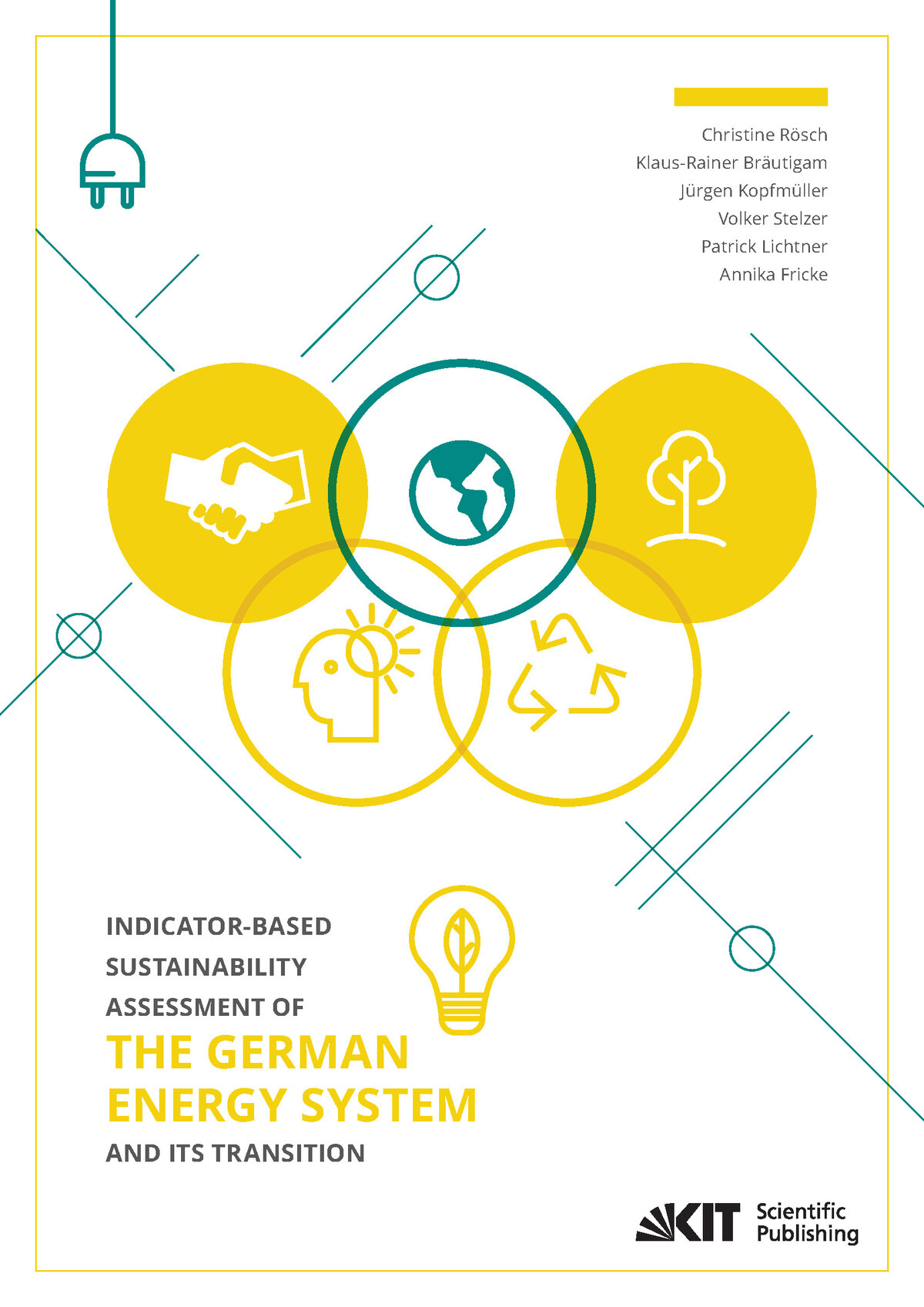Well meant, but also well done?
The share of renewable energy is steadily increasing, but the reduction of energy consumption in the heating sector and in the transport sector is not keeping pace with the goals set. The Federal Government has already revised the greenhouse gas reduction targets for the year 2020. In addition, citizens’ acceptance of wind turbines, biogas plants, and open-space photovoltaics in their neighborhood is declining in some places. Are these indications of an ill-conceived energy transition?
“Red light”, among others, for dependence on energy imports
In the ENERGY-TRANS project, ITAS researchers have used 45 indicators to assess whether the existing framework conditions and policies are adequate to meet the sustainability goals for 2020 and 2050. In the assessment, they assumed a linear development of the trend over the past five years until 2020. The obtained values were then evaluated on the basis of political or scientific sustainability goals using a traffic light color code.
18 indicators were given a red, four a yellow light. This means, according to the researchers, that the goals of the energy transition cannot be achieved without rapidly changing strategies and measures. This applies, among other things, to the acceptance of the expansion of renewable energies in the neighborhood, the dependence on energy imports, the number of employees in the field of renewable energies, or the cultivation of energy crops.
Integrative assessment approach
In order to identify the opportunities and challenges of the energy transition and to comprehensively assess the impact of policies such as the coal phase-out or the mobility transition, the researchers developed an integrative assessment approach. It also allows for the systematic analysis of dependencies and goal conflicts between sustainability aspects and indicators. For example, in the Energy Transition Navigation System – ENavi project, the assessment approach is used as a tool to develop political strategies for a successful energy transition. (26.11.2018)
Further information:
- Publication Indicator-based Sustainability Assessment of the German Energy System and its Transition
- Project website ENERGY-TRANS



